Two archetypal European capitals, each with its own distinctive personality, Paris and Amsterdam offer dramatically different experiences—despite being only an hour or two apart by train. From architecture to the locals’ attitude, the cities embody Europe’s diversity in fascinating ways.
If you’re planning your next vacation or simply curious about how these top destinations compare, here’s a peek at the big differences that make each city stand out.
Canals vs. River
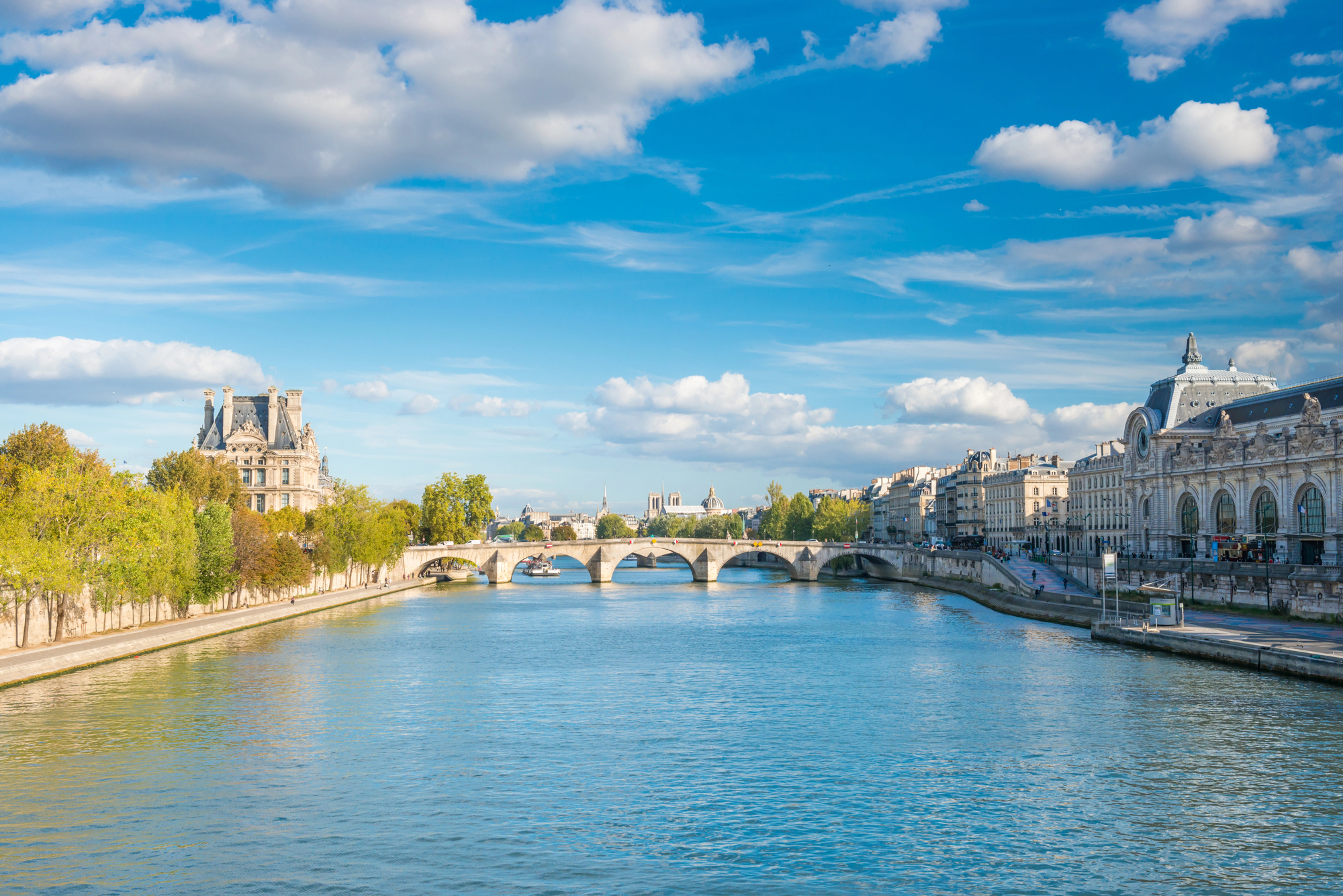
Amsterdam’s advanced network of 165 UNESCO-listed canals offers a distinctive urban plan unlike anywhere else on the planet, with waterways separating the city into distinct areas. The channels of the 17th century bend into a semi-circular form around the city center, providing Amsterdam with its renowned silhouette of thin buildings reflected on peaceful waters.
Paris, however, is defined by the glorious Seine River that splits the city into Left and Right Banks, with less but higher bridges connecting the two halves of the metropolis.
Scale and Walkability

Amsterdam’s city center can easily be walked around, cycled to, or trammed to, while Paris is more spread out and usually requires longer and more transportation to appreciate in its entirety. The compactness of the Dutch capital allows the whole center city to be walked across in about 30 minutes, perfect for pedestrians who like their views uninterrupted by transportation.
Paris needs more planning due to its more sprawling layout, since its popular points of interest are typically scattered across separate arrondissements that might require metro rides between them.
Architectural Style
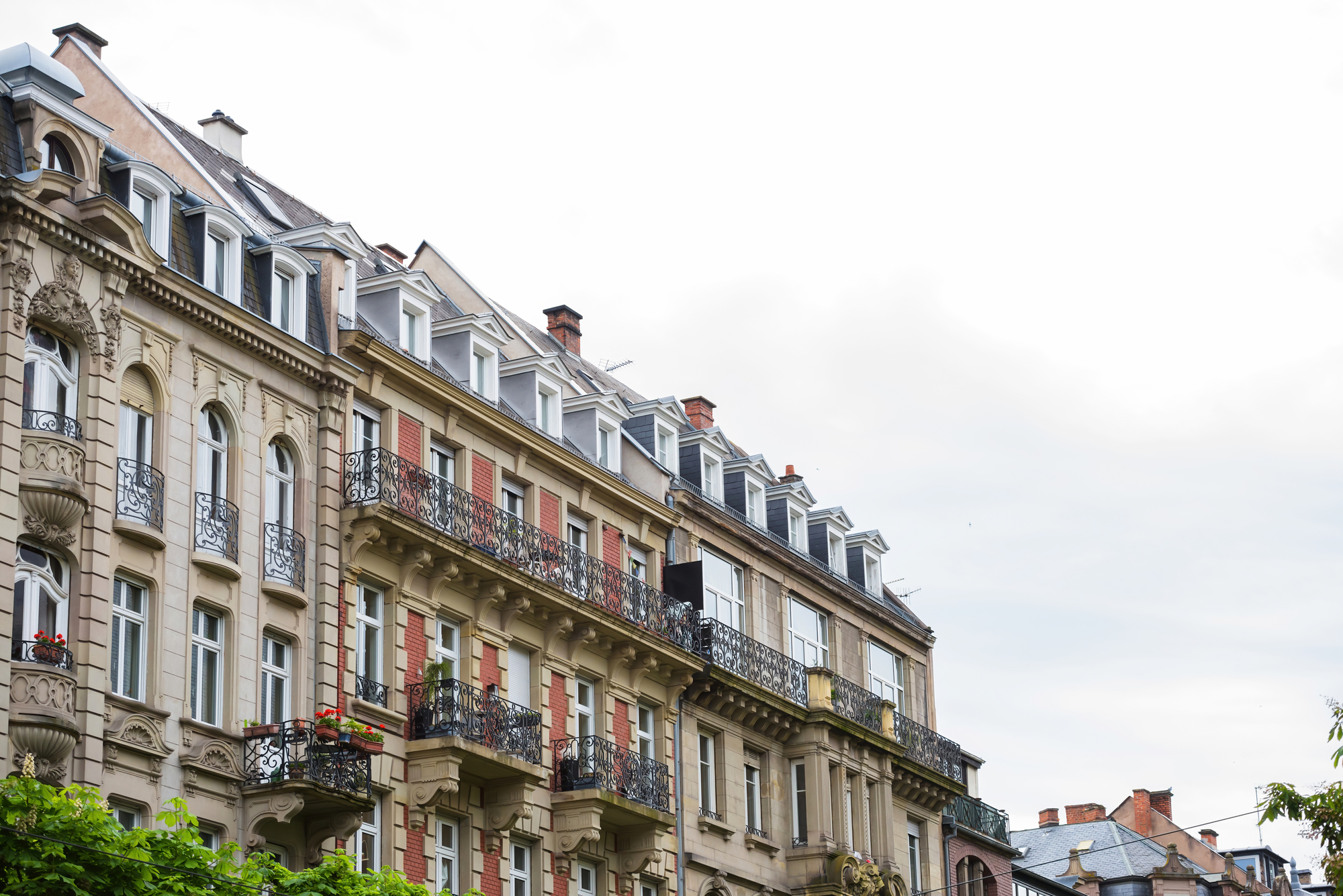
Paris is proud of its grand Haussmannian boulevards with uniform limestone facades, ornate facades, and wrought-iron balconies that give a stately, homogeneous appearance to much of the city. Amsterdam is proud of its irregular, slender canal houses with characteristic gabled facades in a variety of colors and styles, many leaning forward or sideways due to the soft soil on which the city is built.
This contrast in architecture mirrors each city’s past development—Paris rebuilt for imperial splendor in the 19th century, as opposed to Amsterdam’s merchant-oriented pragmatism during its Golden Age.
Like Travel Pug’s content? Follow us on MSN.
Transportation Culture
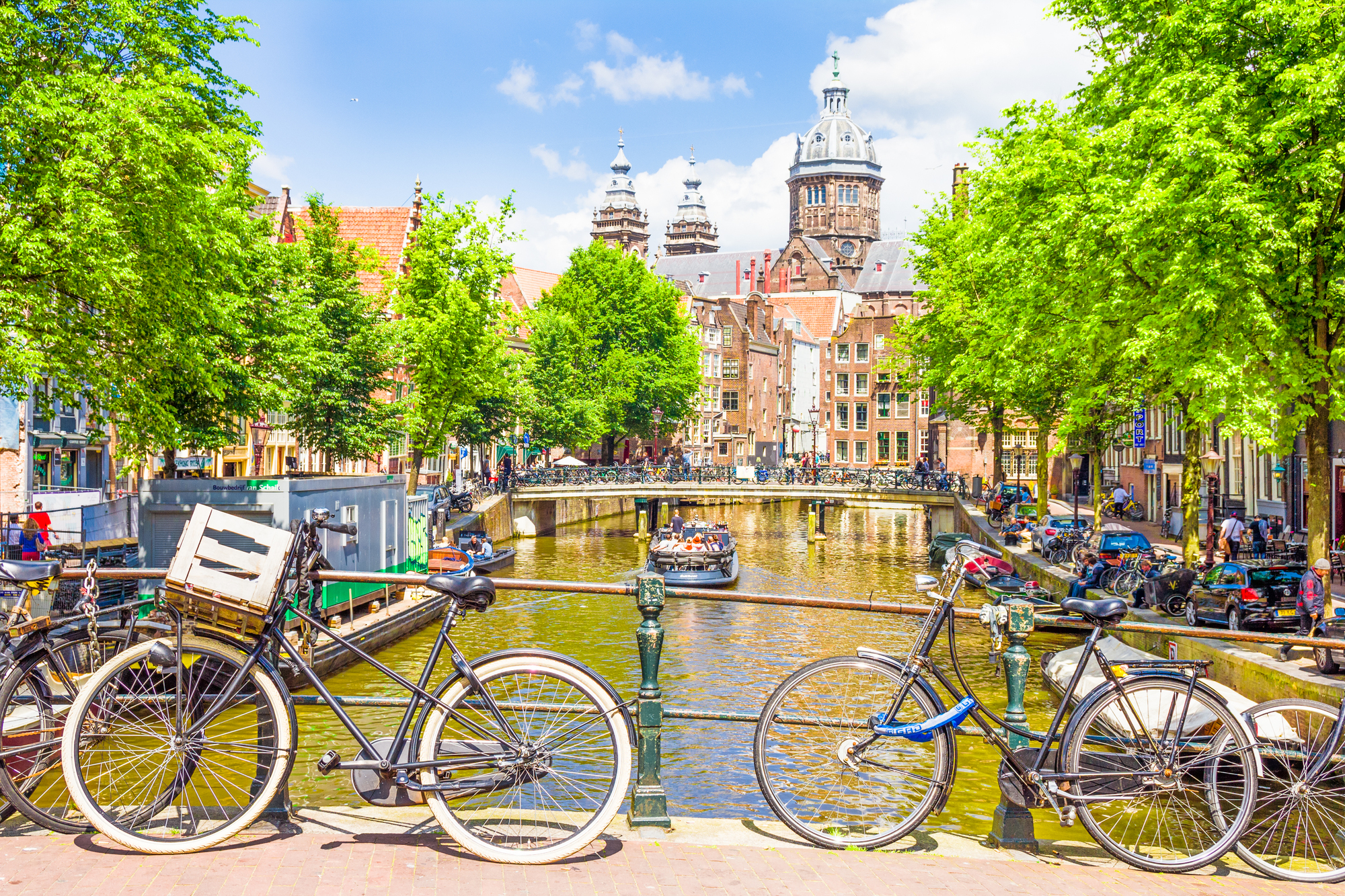
Amsterdam’s bike-friendly infrastructure and compact layout make cycling the dominant form of transportation, while Paris relies more heavily on its extensive metro system despite recent efforts to become more bicycle-friendly. Bikes shape Amsterdam’s rhythm and culture, with locals of all ages pedaling everywhere regardless of weather or social status.
In Paris, the iconic metro serves as the city’s lifeblood, carrying Parisians through its extensive underground network of stations that themselves often feature artistic designs and historical significance.
Language Barrier

English is widely spoken in Amsterdam, making it notably easier for international visitors to connect with locals, while in Paris, despite improving English proficiency, language barriers can still create challenges for non-French speakers. Dutch people typically learn English from a young age and use it regularly, creating a more accessible environment for travelers.
Parisians increasingly speak English, especially in tourist areas, but may appreciate visitors who attempt some basic French phrases to initiate conversation.
Dining Culture

Parisian food culture maintains its traditional identity with classic bistros and brasseries serving iconic dishes like Steak Tartare and Boeuf Bourguignon, often with fixed-price menus under €20. Dining in Paris is an institution with specific customs, multi-course meals, and longer dinner hours.
Amsterdam offers a more casual, international dining scene with Indonesian rijsttafel being particularly notable alongside Dutch specialties like stroopwafels and bitterballen, with a food culture that feels less formal and more fusion-focused.
Like Travel Pug’s content? Follow us on MSN.
Museum Experience
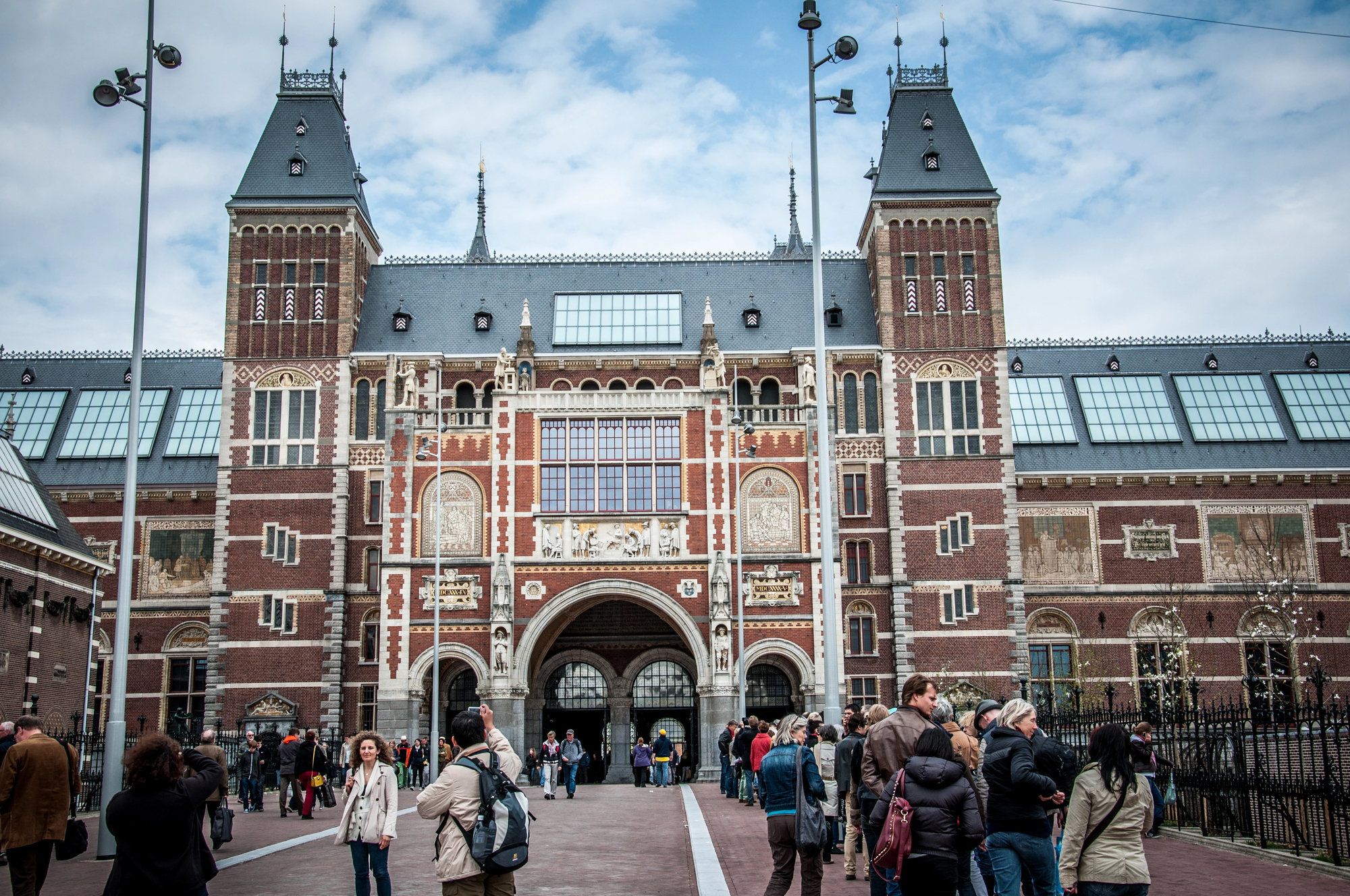
Paris boasts some of the world’s largest museums, like the Louvre and Musée d’Orsay, housing massive collections spanning centuries of art history in grand, imposing buildings. Amsterdam’s museums tend to be more focused and intimate, with the Rijksmuseum and Van Gogh Museum offering deep dives into specific periods or artists within more manageable spaces.
This difference means Paris museums often require dedicated half or full days to explore properly, while Amsterdam’s cultural institutions can be experienced more thoroughly in shorter visits.
Nightlife Character

Amsterdam offers a diverse and energetic nightlife with unique experiences, including cannabis coffee shops and the Red Light District, while Paris provides more sophisticated evening entertainment with wine bars, late-night cafés, and live music venues. The Dutch capital embraces its liberal reputation with venues open until early morning hours and a youthful, international party scene.
Paris nightlife feels more elegant and culturally-focused, with a greater emphasis on cuisine, conversation, and artistic performances that reflect the city’s reputation for sophistication.
Green Spaces
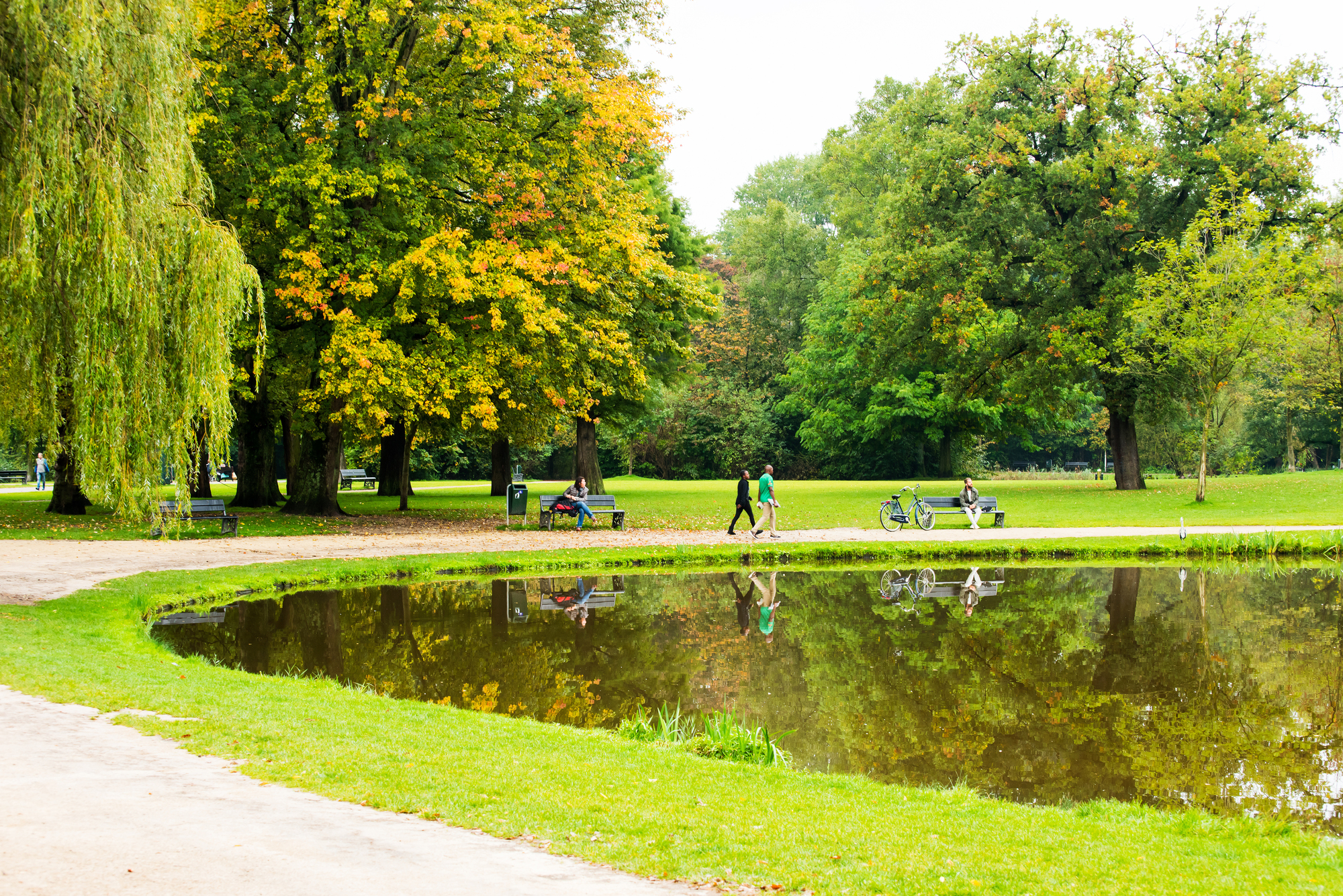
Paris features formal, manicured gardens like the Tuileries and Luxembourg Gardens, designed with geometric precision, gravel paths, and carefully arranged flowerbeds in the classic French style. Amsterdam’s parks, like Vondelpark, feel more natural and relaxed, with winding paths, larger lawns for lounging, and a less structured approach to landscaping that invites casual recreation.
These different park styles reflect broader cultural approaches to leisure—Paris emphasizing aesthetic perfection versus Amsterdam’s more practical functionality.
Like Travel Pug’s content? Follow us on MSN.
Local Attitude

Travelers often find Amsterdammers more approachable and relaxed compared to Parisians, who sometimes have a reputation for being reserved or formal with tourists. This cultural difference affects daily interactions, with Amsterdam fostering a more casual, friendly atmosphere in shops and restaurants.
Parisians tend to appreciate more formal social codes and polite interactions, which can create misunderstandings when visitors aren’t familiar with local customs like proper greetings before making requests.
Shopping Experience
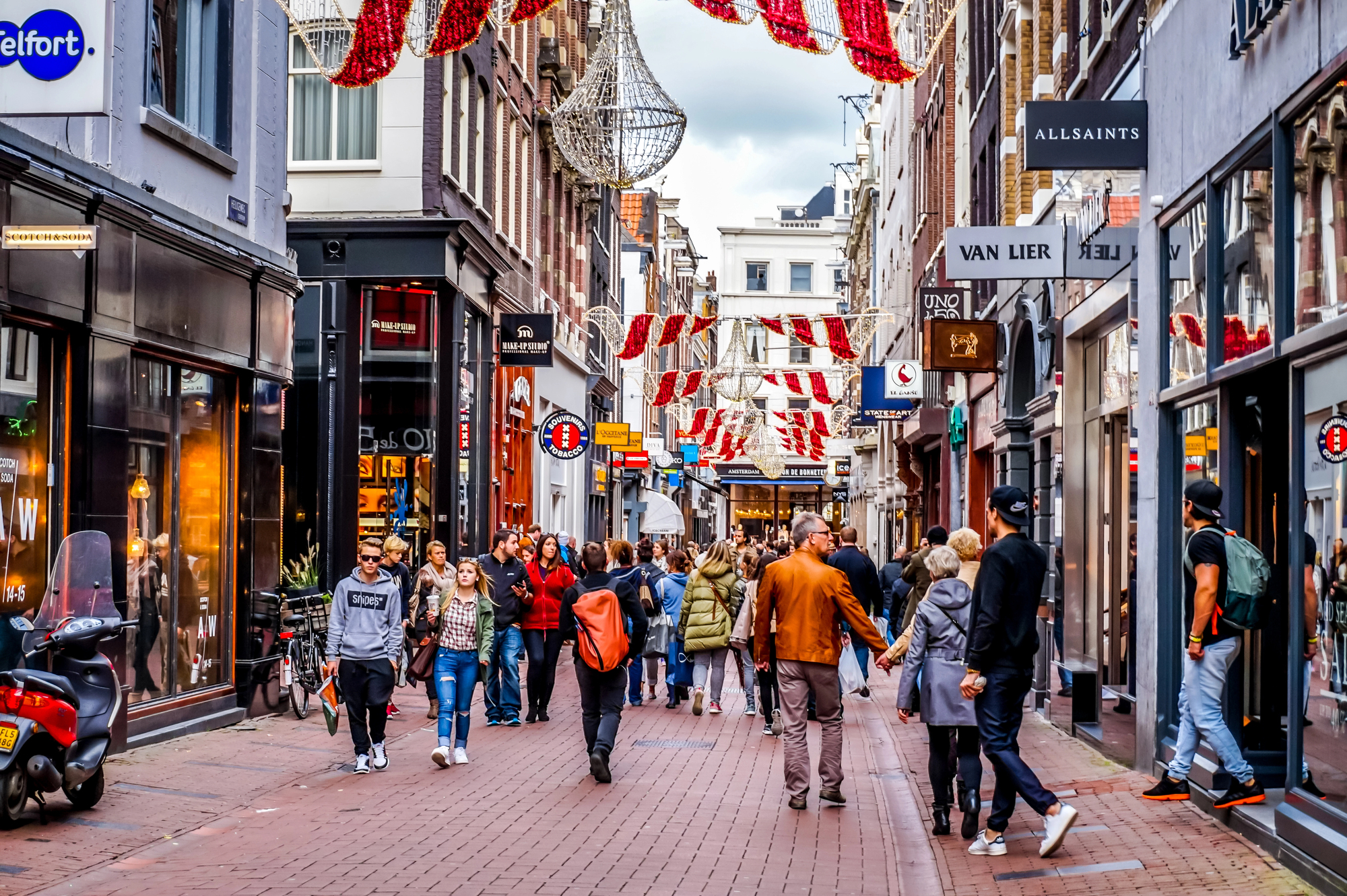
Paris reigns as a global fashion capital with world-famous luxury shopping along Avenue Montaigne and the Champs-Élysées, alongside department stores like Galeries Lafayette and countless boutiques showcasing French designers. Amsterdam offers more eclectic, independent shopping districts like The Nine Streets (De Negen Straatjes), with unique boutiques, vintage shops, and design stores that reflect the city’s creative, less label-conscious approach to style.
The shopping experience mirrors each city’s broader cultural values—Parisian elegance versus Dutch practicality.
Cost Considerations
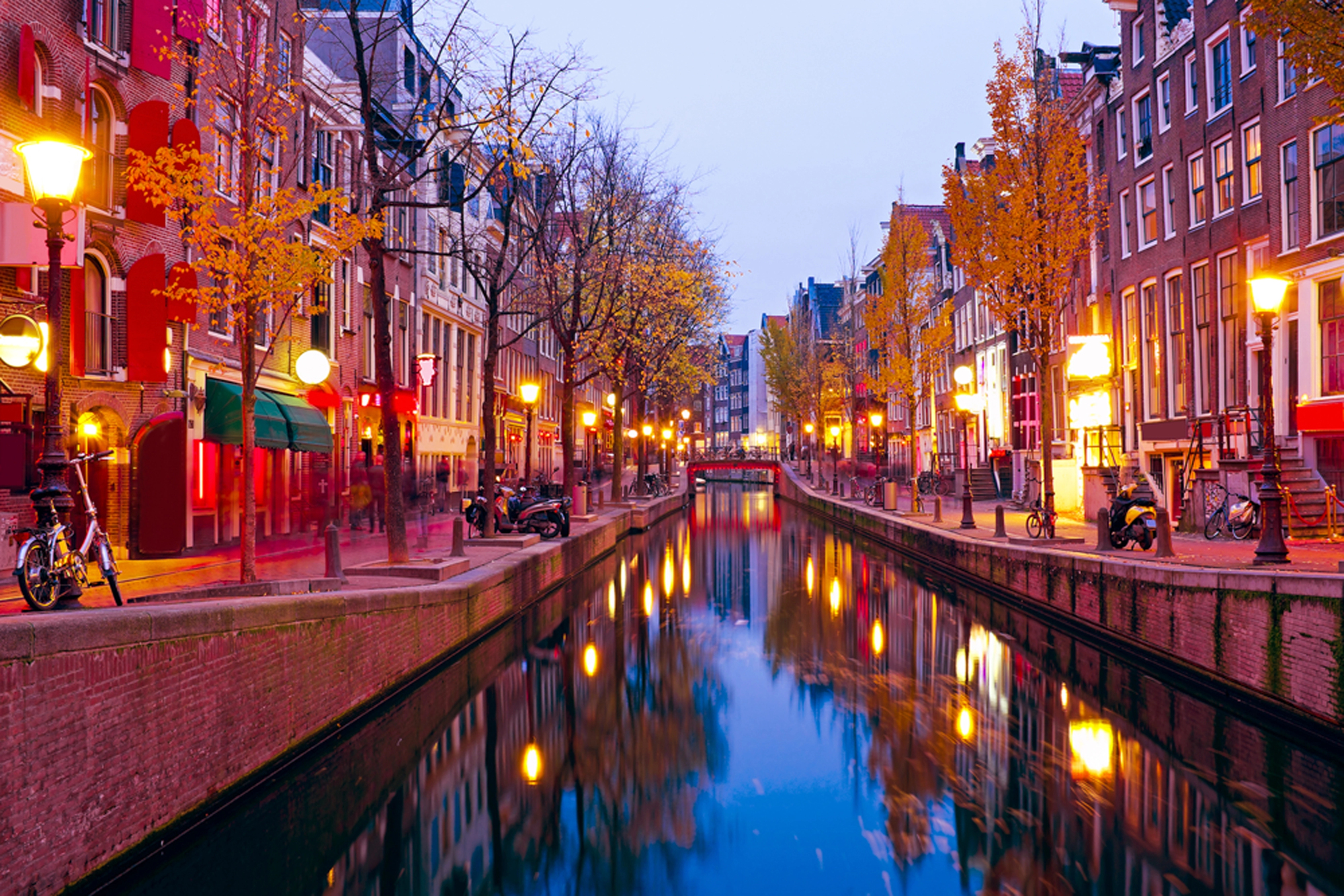
While attempting to compare typical tourist attractions, the total cost for visiting major sights in Paris amounts to approximately €213, compared to €206 in Amsterdam—a surprisingly small difference despite Paris’s luxury reputation. Accommodation tends to be more expensive in Paris, particularly in central districts, while Amsterdam offers more mid-range options.
Daily expenses like food and transportation can be managed affordably in both cities if you avoid the most touristy areas, with Amsterdam potentially offering better value with its more casual dining scene.
Like Travel Pug’s content? Follow us on MSN.
Weather Patterns

Amsterdam experiences a maritime climate with mild temperatures, frequent rain showers, and notoriously changeable conditions throughout the year, requiring visitors to be prepared for multiple weather scenarios in a single day. Paris enjoys a continental climate with more distinct seasons, hotter summers, and slightly colder winters, along with somewhat more predictable daily weather patterns.
This climatic difference impacts tourism seasons and outdoor activities, with Paris offering more reliably warm summer days but Amsterdam remaining pleasant for city exploration with fewer temperature extremes.
Historical Narratives
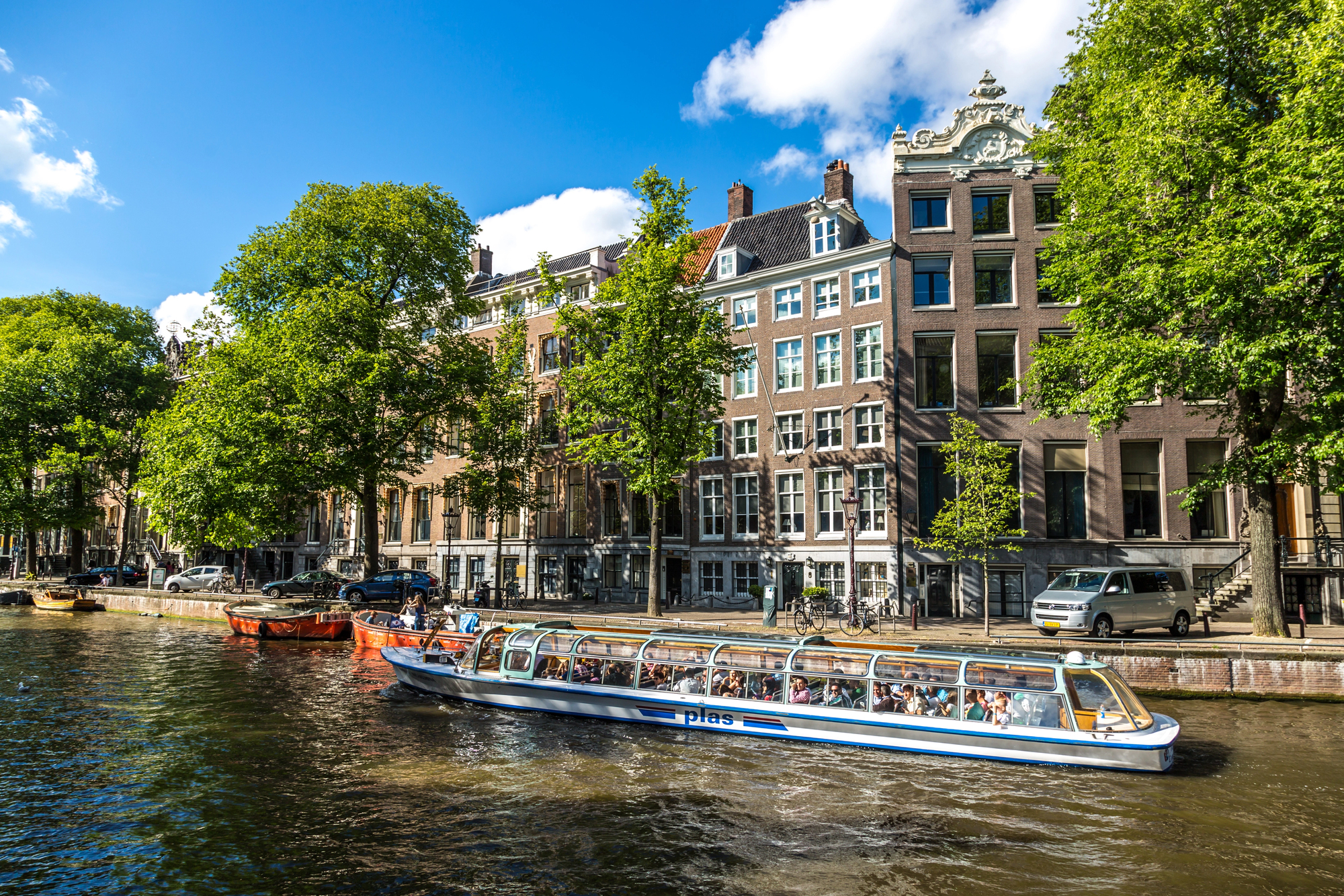
Paris presents a history of grandeur, revolution, and artistic brilliance, with sites commemorating its role as a center of royal power, political upheaval, and cultural innovation throughout the centuries. Amsterdam’s historical story centers on commerce, religious tolerance, and pragmatic innovation, showcasing its Golden Age as a trading powerhouse and haven for diverse communities, including religious refugees.
These differing historical identities are visible in everything from monuments to museums, providing visitors with contrasting perspectives on European development.
Public Safety
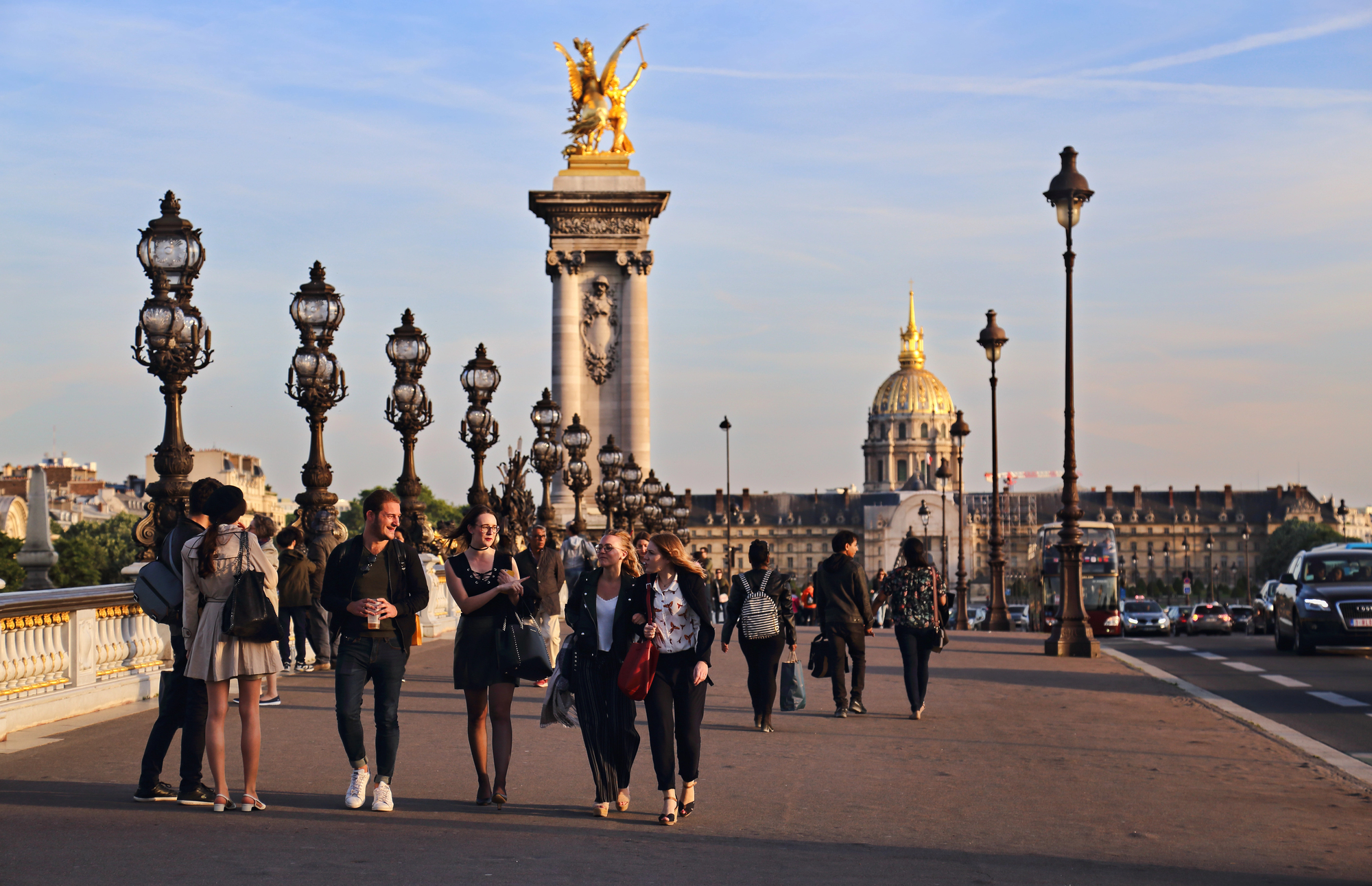
Amsterdam faces safety challenges primarily around pickpocketing and tourist-targeting, particularly in areas like the Red Light District, which can be problematic at night due to gang activity despite being relatively safe to pass through during daylight hours. Paris similarly contends with pickpocketing in tourist-heavy areas and on public transportation, with safety varying significantly between neighborhoods.
Both cities are generally safe for visitors who take basic precautions, but require awareness in crowded areas and late at night in certain districts.
Like Travel Pug’s content? Follow us on MSN.
The Cultural Essence
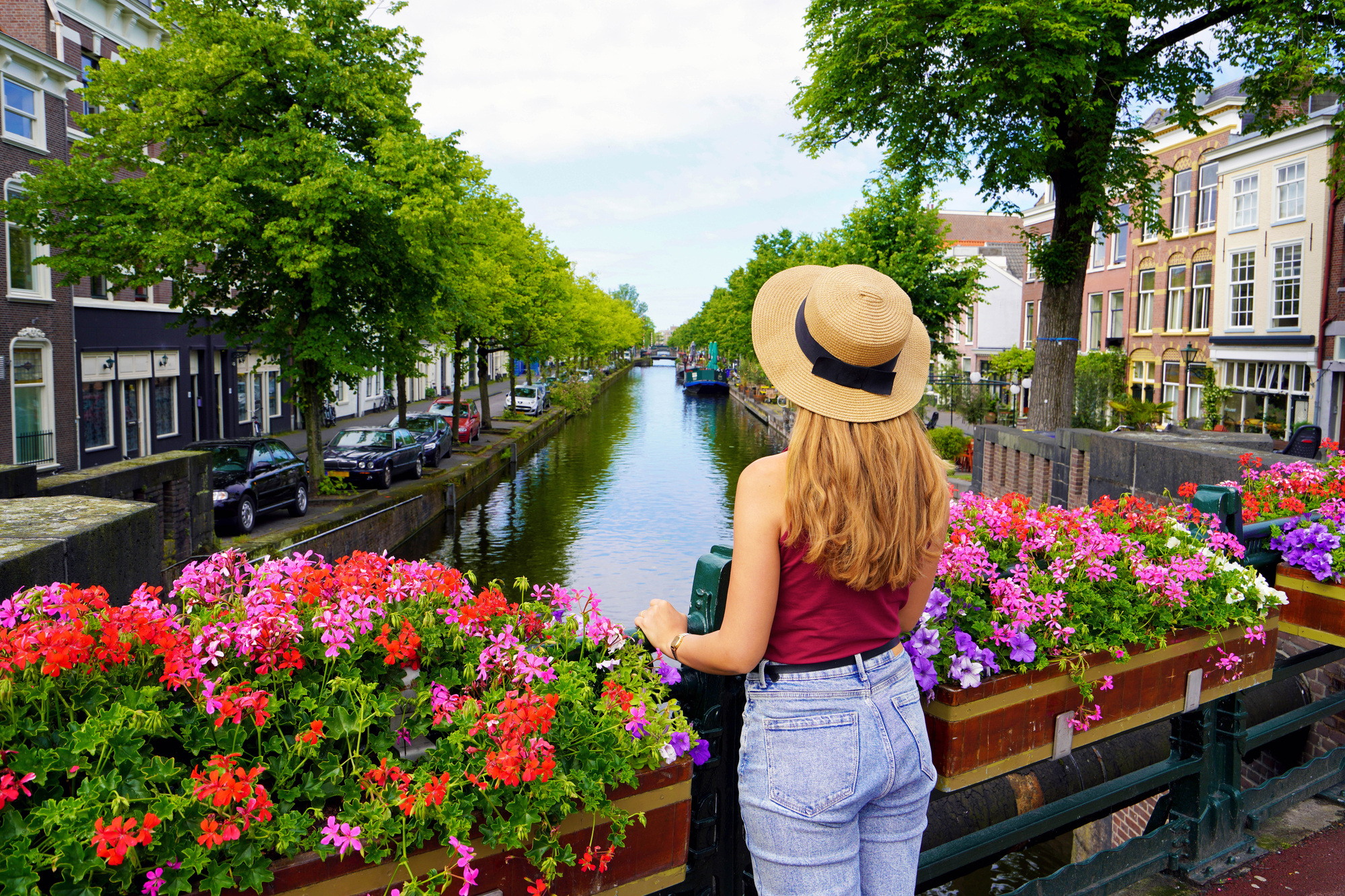
Paris embodies romance, artistic sophistication, and culinary excellence, inviting visitors to savor life’s pleasures amid its monumental beauty and historical grandeur. Amsterdam represents pragmatism, tolerance, and laid-back enjoyment, encouraging a more relaxed exploration of its charming canals, creative scenes, and progressive attitudes.
These fundamental differences in cultural essence create entirely different travel experiences despite both cities being major European capitals, just a few hours apart—Paris as the elegant grande dame of European cities versus Amsterdam as the comfortable, quirky cousin that welcomes visitors like old friends.
More from Travel Pug

- Cities Growing so Fast You Won’t Recognize Them in 10 Years
- 13 Destinations Where Tourists Regularly Regret Their Trip
- 16 U.S. Cities That Are Quietly Becoming Travel Hotspots
- Where to Travel If You Love Long Bus Rides and Daydreams
- 20 Cities Perfect for Solo Travelers Who Crave Adventure & Culture
Like Travel Pug’s content? Follow us on MSN.
